Health Check: Taking stock and reviewing your options
- L-Bridge Capital

- Jul 24, 2020
- 3 min read

By Kevin Wong, Senior Portfolio Strategist
One of the perils of working from home is that you lose the buzz and excitement of a typical financial marketplace. Some might say it is a “lack of visibility”. In the land of equities, that is what every investor has to contend with given that the earnings season is back upon us. Another peril of working from home is that you seem to lose track of time. On that note, it seems like a long time ago (end of May) when we argued for some profit taking (especially from “US Growth” stocks) and placing it into cyclicals and alternatives (distress assets). Since then, the US market has seen some volatility, but it has also recovered rapidly.
There is absolutely no joy of missing out (“JOMO”), but we continue to believe that the second half outlook for returns is looking a lot like it did in January: subdued but with opportunities upon increased volatility. The earnings season is upon us now but post that, we believe it gets challenging given the uncertainty surrounding the COVID-19 infection trends and the upcoming US Presidential Elections. Below we talk about 2 challenges and how we are navigating them.
The first challenge: Equity indices around the world have recovered in varying degrees through unprecedented central bank stimulus, hopes/progress on a COVID-19 vaccine, recovery in economic datapoints and among other things, a better risk appetite from investors. While the rebound in some markets have been “V” like, that is not the case for earnings and the economy. The challenge for investors is to continue being positive on Equities given elevated valuations.
We remain constructive longer term but in the near term, we are slightly cautious on markets where the valuation seems rich. There is however a case to be made for markets that have not seen that “V” like rebound and where the infection cases are better contained such as Asia and Europe. Consensus is already projecting a very large fall in earnings this quarter given the lack of visibility from corporates, hence the bar to clear such bearish consensus expectations is potentially low. With the recent real GDP in China showing a dramatic rebound, the progress on the European Recovery Fund, better COVID-19 trends in these regions (for now) and no US Election Risks, this makes the case for Europe and Asia stronger.
The second challenge: The opportunity to invest in growth names at depressed prices have come and gone. We made the case back in March, that it was a “level playing field” for investors who had an under-allocation to structural long-term winners. As the virus went viral, so has the interest in mega-cap Technology names, most of which have now reached new highs on a pull forward of earnings expectations. The challenge is how do you own these structural long-term winners given the elevated valuations today?
We believe that the companies that have benefited from an acceleration of structural changes due to COVID-19 will likely continue to benefit in the longer run. With the earnings season upon us, we remain patient and would add to this segment upon any disappointments and volatility. Meanwhile, there also exists a large valuation gap between the winners and losers of the pandemic, which we believe could be acted upon by tactically investing in the Value/Cyclical segments of the market (i.e. Industrials and Financials). There are quality stocks in these segments at relatively attractive valuations.
Putting it all together: At the core of our investments, we are predominantly balanced between Fixed Income and Equities. Within Fixed Income, we are constructive on a continued credit recovery amid accommodative central bank policies. We prefer Asian credits given better virus control, higher rating among EM markets and better value relative to US. Within Equities, we are mindful of valuations and potential risks on the horizon. While we continue to have a growth biased strategy to capture the longer-term structural trends, we have used some profits to reduce under-allocations in Europe and in the Value/Cyclical segments. Regionally, we have reduced some US exposure in favour of Europe, while still invested in Asia. In Alternative Assets, the unprecedented central bank liquidity is unlikely to be a fix-all solution for fragile companies. We believe the opportunity set remains strong for a long/short distress assets strategy that can capture a potential for wave of downgrades and corporate restructurings. Bottomline, with the outlook for returns looking subdued, we are currently in favour of playing defence and having cash to capitalise on potential volatility.




